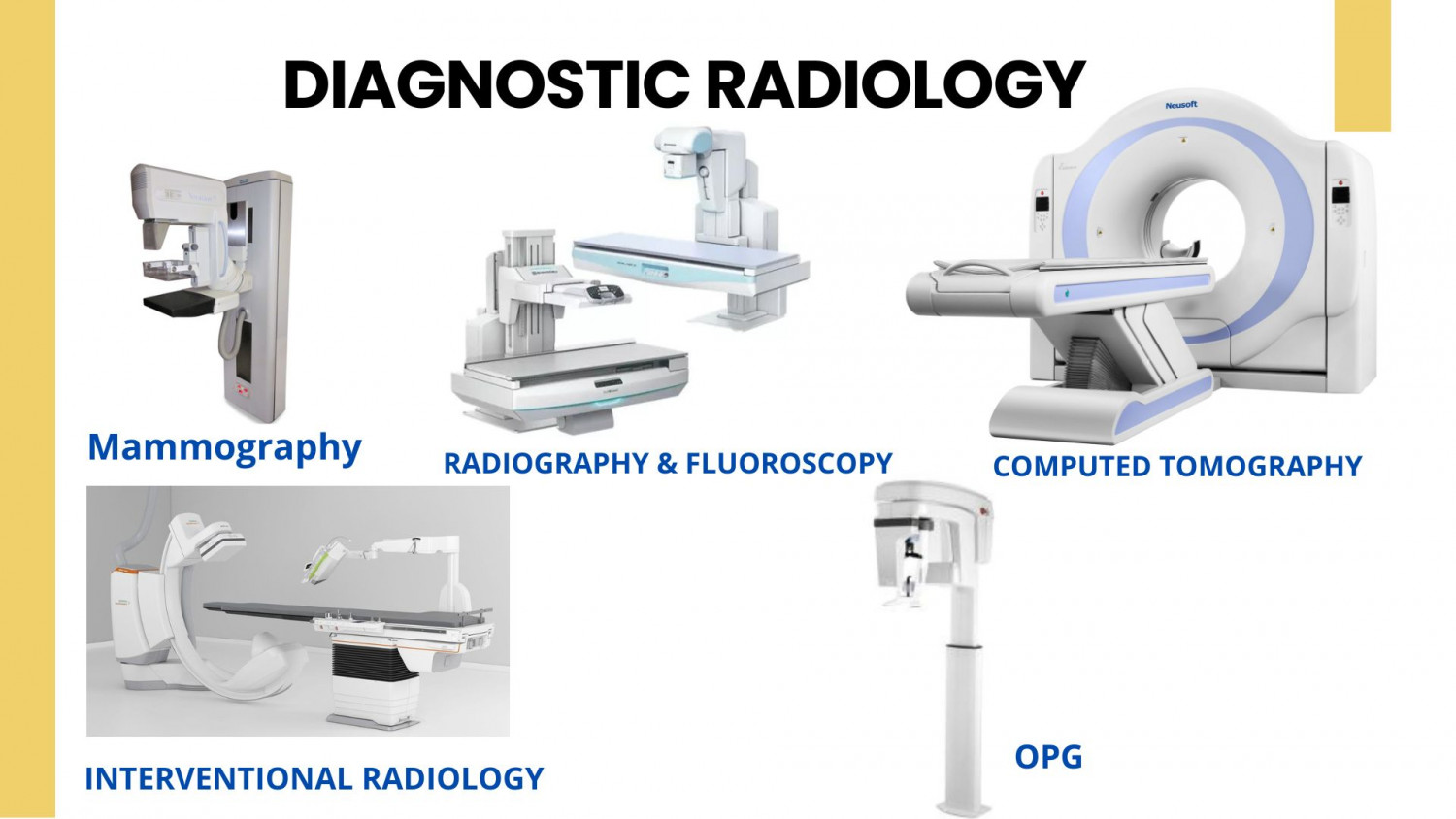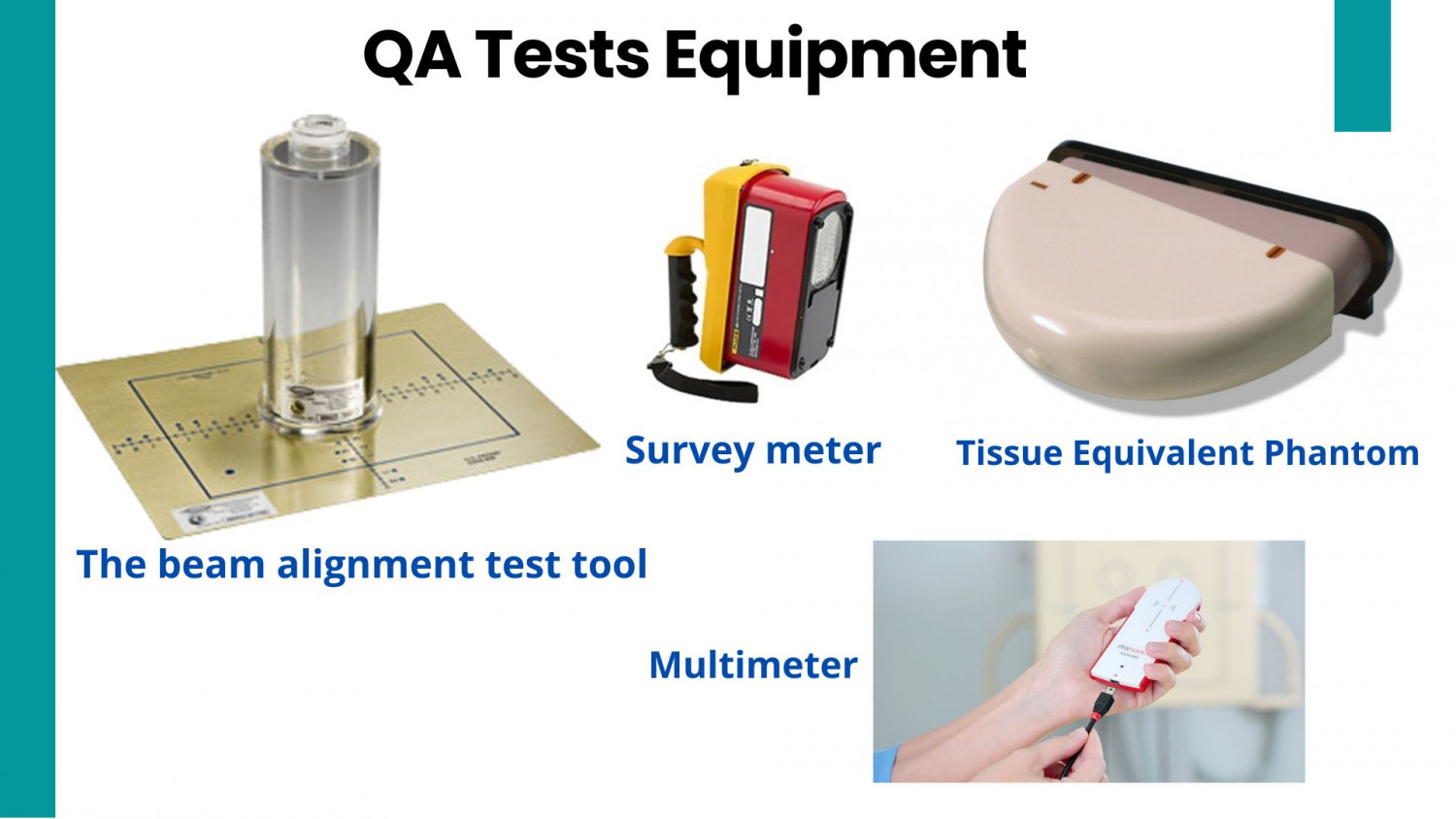
Quality Assurance in Diagnostic Radiology
Quality
Assurance (QA) of medical diagnostic x-ray equipment means systematic actions
necessary to provide adequate confidence to the end-user(s) that a medical
diagnostic x-ray equipment will perform satisfactory in compliance with safety
standards specified by the Competent Authority.
QA Program
The goal of
QA Program is to ensure the accuracy of the diagnosis.
The minimum
radiation dose should be delivered to the patient to achieve the objective of
the diagnostic or interventional procedures.
QA program
begins with the performance evaluation of diagnostic x-ray equipment at the
manufacturing stage and then acceptance testing after the installation of X-ray
equipment at user’s institution(s) to ensure its conformity with the
specifications.
The QA tests should be carried out thereafter at regular intervals (periodicity-once in two years) and after repairs of the equipment or when equipment malfunction is suspected.
Objective
of Quality Assurance
Optimum image quality of radiological procedures with minimum possible dose to the patient(s).
Why QA
in Diagnostic Radiology?
To get calibrate all the exposure parameters, to check functional performance of X-ray equipment and radiation safety around the X-ray installation, QA checks are necessary for every diagnostic X-ray equipment. In other words, to obtain the optimum quality diagnostic information at the lowest radiation risk to the patient, QA of diagnostic X-ray equipment is necessary.

Quality
Assurance Test
The routine
QA tests are necessary to ensure that the functional performance of the
equipment is like its baseline values and within the tolerance values as
specified by regulatory body.
These tests
should be performed by qualified service engineer(s) at user institution(s).
These tests should be performed at regular intervals (once in two years) and at major repairs of X-ray equipment.

Quality
Assurance Tests for Diagnostic X-ray Equipment
Congruence of radiation and optical fields
Central beam alignment
Effective Focal spot size measurement
Timer Accuracy
Accuracy of Accelerating Tube Potential
Linearity of radiation output
Reproducibility of radiation output
Total filtration
Radiation leakage through tube housing
Exposure rate at tabletop
Fluoroscopic image quality parameters
Parameters
affecting image quality
Operating Potential
Operating Current
Exposure Time
Effective Focal Spot Size
Total Filtration
Leakage from tube housing
Detector Characteristics